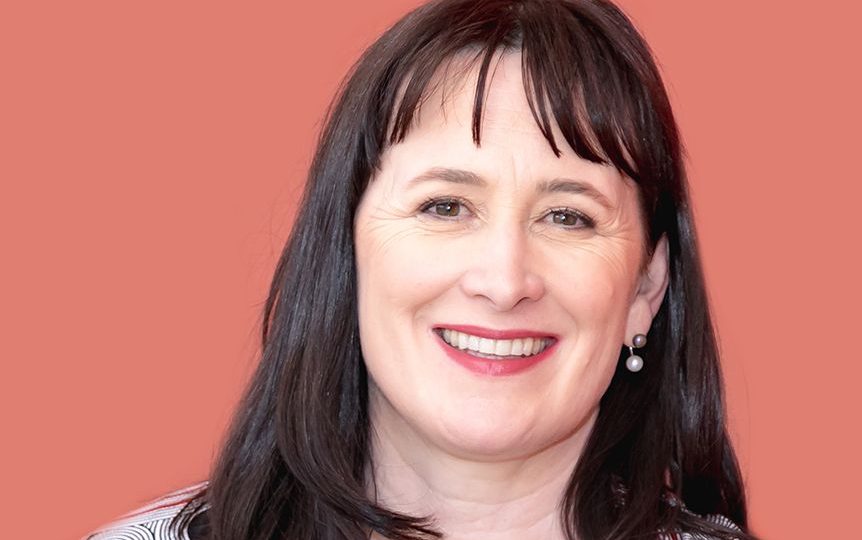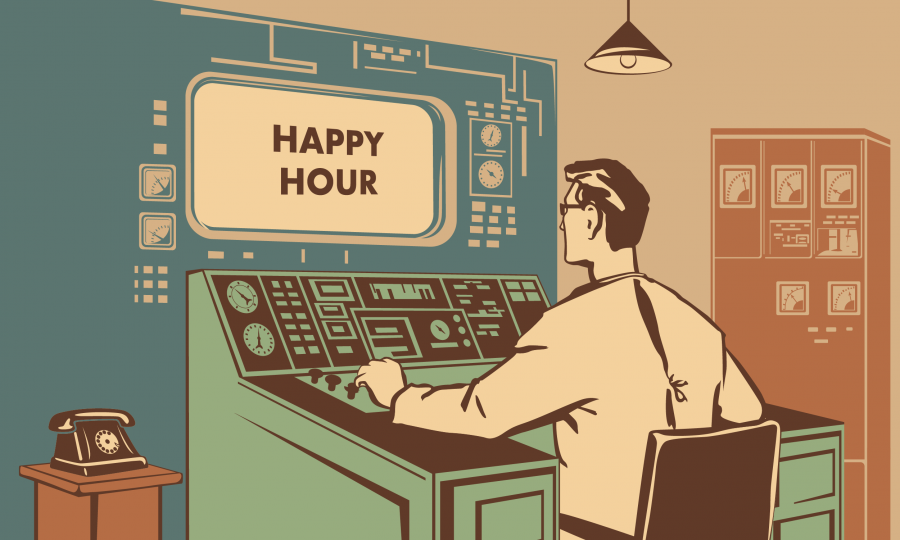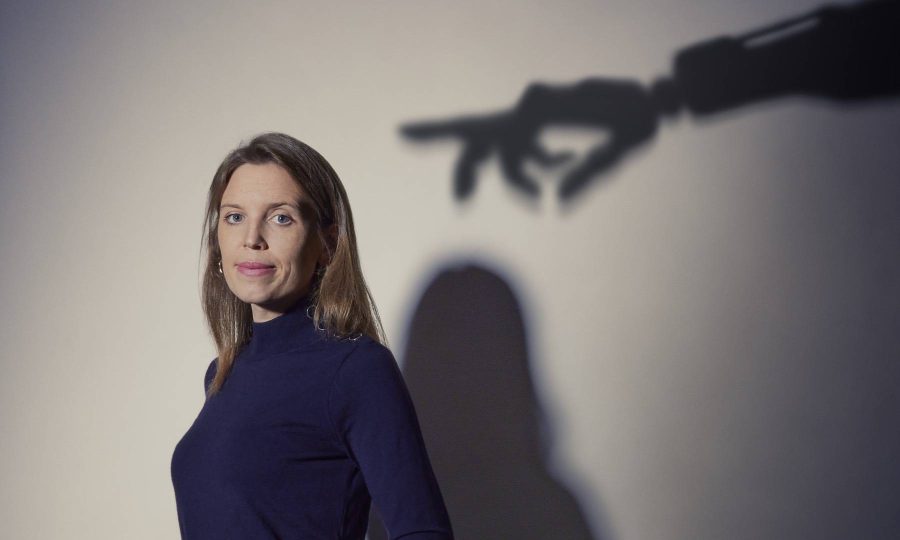You need to keep learning to keep up
You need to keep learning. But scoping exactly what you need to know now is hard. Dean of Executive Education, Professor Nicola Kleyn, outlines the big trends.

The world has changed, and the pandemic has accelerated that change, so it’s vital to identify your needs and make sure that your provider is giving you the outcomes you want.
The world has shifted irrevocably in the past two years, and executive education is having to change with it. How can you identify your own learning needs and opportunities – and how do you find the providers that can help you meet your goals and ensure you are future-ready?
“Learners and providers need to be more agile,” says Nicola Kleyn, Dean of Executive Education at the Rotterdam School of Management. “The world has changed, and the pandemic has accelerated that change, so it’s vital to identify your needs and make sure that your provider is giving you the outcomes you want.”
Because the educational needs of today’s business learners are different. “Business in the last decade has been under pressure to transform,” says Kleyn, “a lot of it driven by technology and disruptive business models, digitalisation, automation. That means business has to have new skills. At the same time, we’ve seen organisational focus changing – there’s the importance of sustainability, managing diversity and inclusion, changing social compacts, changing employee and customer needs.”
All of which, she says, changes individuals’ and employers’ expectations of executive education. “Businesses have increasingly become aware that in order to be competitive, employees have to learn more and faster,” adds Kleyn. “Clients are demanding more of executive education and lifelong learning providers, asking for more evidence of impact, flexibility and customisation.
“Not everyone wants to sit in a room with other people for every kind of learning, so providers need to be clear about the nature of the learning and how best to achieve it. If it’s going to be an inherently social process, it’s probably better that it takes place with other learners. If so, is it optimally structured for it to be done digitally or online? Or are learners going to benefit more from something that is more immersive and takes them away from work, and gives them an opportunity to really be reflective rather than trying to squeeze in an hour here or there. Whatever the needs are, training and education needs to become more fit for purpose to respond to those requirements.”
We could do worse, she says, than look at the World Economic Forum’s recently published list of what it sees as the planet’s 10 most desirable skills by 2025. It includes technology use and monitoring, and design and programming, but majors on so-called ‘human’ skills: analytical thinking and innovation; complex problem solving; critical thinking; creativity, originality and initiative; leadership and social influence; resilience and stress tolerance; reasoning and ideation; and active learning.
“The greater the advance in technology, the more human skills are needed,” says Kleyn. “Interestingly, what can be achieved through technology is balanced by a very strong focus on the human aspect of managing and leading and how to communicate cross-culturally. We will see a continued growing demand for programmes focused on diversity and inclusion and building critical workplaces to maximise the new technology.”
Not everyone wants to sit in a room with other people for every kind of learning, so providers need to be clear about the nature of the learning and how best to achieve it
And such a sea-change from traditional skills brings a new challenge for learners who have been in business for a while, adds Kleyn. “One of the most challenging things for post-experience learners to deal with is change, and how to unlearn,” she says. “We’re not coming to this with a blank slate but with well-embedded knowledge and skill structures. In our present-day, rapidly changing environment, the ability to unlearn and relearn is one of the great skills that organisations are asking for.”
Kleyn believes executive education trends will see more collaborative learning, potentially even with business rivals. “If a company is looking to shift its organisational focus, towards diversity and inclusion, for example, we would typically recommend an intervention where you bring people together. Increasingly, more impactful programmes are involving multiple employees from the same organisation, or even different organisations. It’s a consortium form of learning, with non-competing organisations sharing a learning path. We’re also seeing industry-initiated learning, so we’ll see something coming from, say, the finance sector or the energy industry.”
And after months of remote working, firms that decide to go back to their workplace will get an extra educational benefit, says Kleyn – learning from each other. “Working alongside each other is often where we learn the most,” she says. “If you’re working remotely, everything’s much more functional, and the opportunity to learn is reduced. Although we can hear and see each other on a video call, the fact we’re not in a room together means we’re not learning through observation or immersion.”
And for those companies that continue to embrace remote or hybrid working? “They need to take care that learning remains at the heart of their organisation. Remote working often doesn’t leave space to ask questions where we’d previously have got answers by observation or on the job informal learning. It’s vital, post-pandemic, that we have a culture where people can feel comfortable and safe to identify a learning gap and be able to ask for help to fill it.”



